Heart Aerospace in Sweden are developing the ES-19, a promising all-electric passenger aircraft that ticks many right boxes. And it does so on matters going beyond environmental concerns.
We have seen projects of electric aircraft designs from different companies. Big names like Boeing and Airbus get a lot of the press. But there is a substantial amount of design work that takes place thanks to smaller companies. Also, some of these companies can focus a lot better in market niches that fit an aircraft model even better. Heart Aerospace and their ES-19 is such an example.
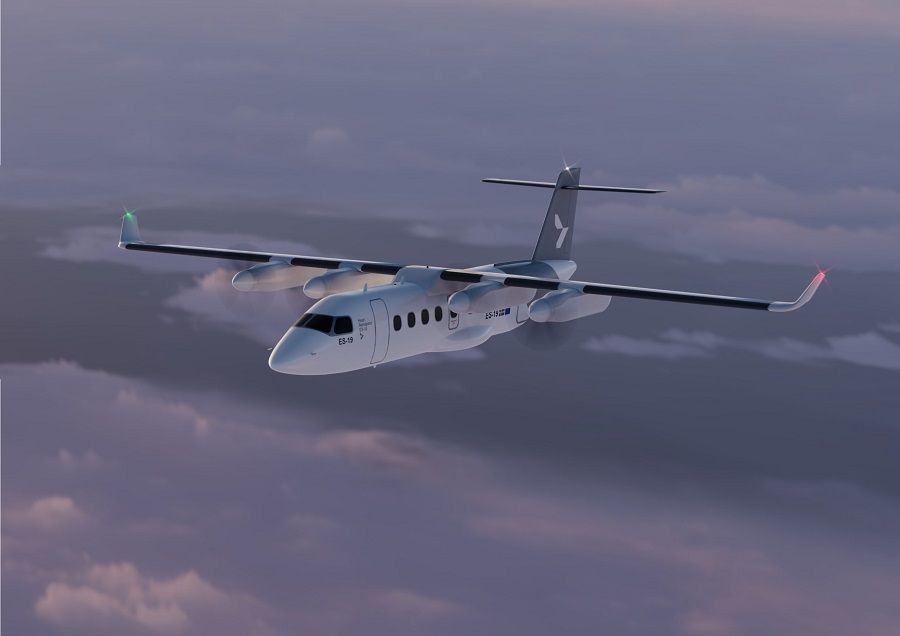
Heart Aerospace is based in Göteborg, Sweden. Originally, they were part of the Electric Air Travel in Sweden (ELISE) project. They have funding from Sweden’s Vinnova innovation agency. For the ES-19 project, Heart Aerospace have backing from EQT Ventures, among others. Finally, they have secured €2.5 million from the European Innovation Council Green Deal Accelerator Programme.
The Heart ES-19 gets its name from its 19 seat capacity. This puts it in the same category as a Twin Otter, for example. However there are a lot of differences between the Otter and the Swedish design – other than electric propulsion. For one thing, the ES-19 is pressurised.
Heart Aerospace describes the ES-19 as a modular design, with all-electric propulsion. It is high-wing, with aluminium as the base material for its airframe. The company’s renderings show a streamlined design with retractable landing gear. Despite pressurisation, the fuselage appears to have a non-cylindrical profile, that optimises internal space at this small size. The cabin has 1+1 seating.
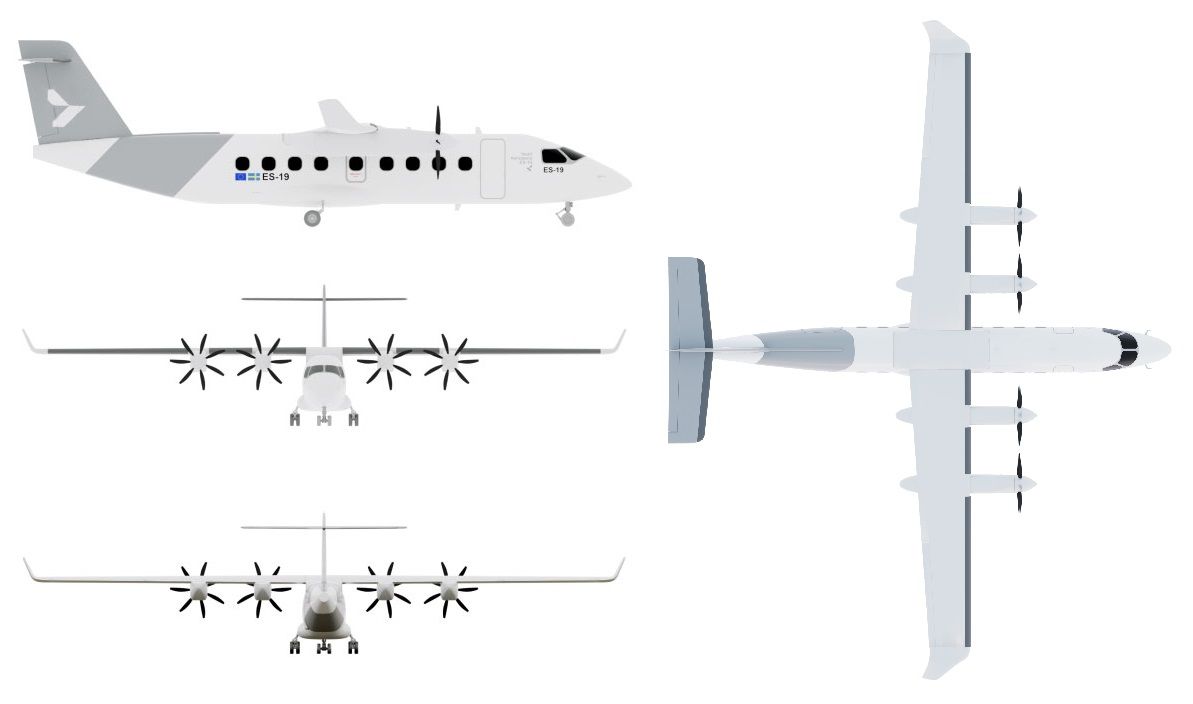
Heart’s ES-19 Design And Development
The company has already announced a number of company partners, as well as details of its propulsion system. Heart designed it in-house, and has selected a seven-blade MT Propeller, to drive the ES-19’s four electric motors. The company aims to use automotive battery technology. These batteries see the most research and funding for development.
However, development for cars is one thing, certification for commercial aviation is another. Heart Aerospace expects to finalize and certify the ES-19 by 2026. And obviously they are working on the design with certification in mind. A lot of electric initiatives from smaller companies, are more experimental in nature. And while this is good for innovation and development, commercial operations demand a different standard.
The aircraft will be capable for operations from 750 metre-long runways. Its cruise speed will be 180kts, with a top speed of 215kts. To begin with, Heart’s aims to give the ES-19 a range of 400km/217nm. With more battery developments over the next decade, they ultimately aim for ranges up to 2000km/1080nm. However these ranges will probably come with subsequent models.
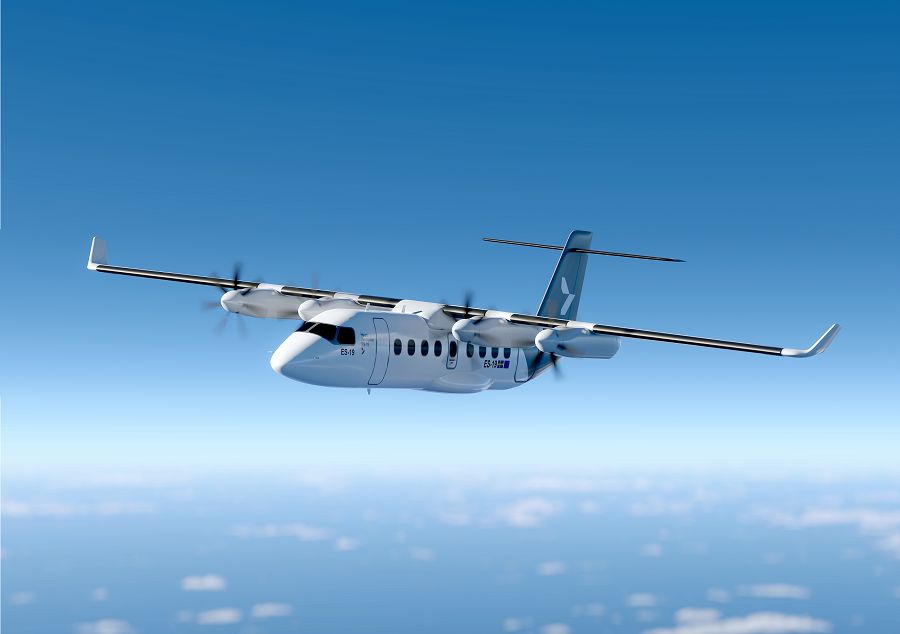
The characteristics of Heart’s ES-19 make it a good fit to its Scandinavian environment. Sweden and neighbouring Norway both have small and medium cities and other smaller communities, that would benefit greatly from fast aerial links. People in many communities choose to commute to work by aircraft. So there is a sizable local market for an efficient design.
Environmental Incentives And More Implications
And it would help greatly if this design is environmentally friendly. Sweden wants domestic air travel to be fossil fuel-free by 2030. It has also instituted an aviation tax, to help curb emissions. Norway also has a goal for 100% electric domestic flights by 2040 and need aircraft like the Heart ES-19 to reach this goal. Other countries in Europe and elsewhere also have similar long-term goals, for aircraft with zero operational emissions.
Heart believes that its ES-19 will offer 50-75% savings in fuel/energy, and 90% savings in maintenance, compared to turboprops. Electrics are reliable and simple. So they have fewer needs for inspections. And the aircraft will have little need for complicated ground vehicles and other infrastructure. Heart believes that its design will have the lowest infrastructural footprint of all modes of regional transport.
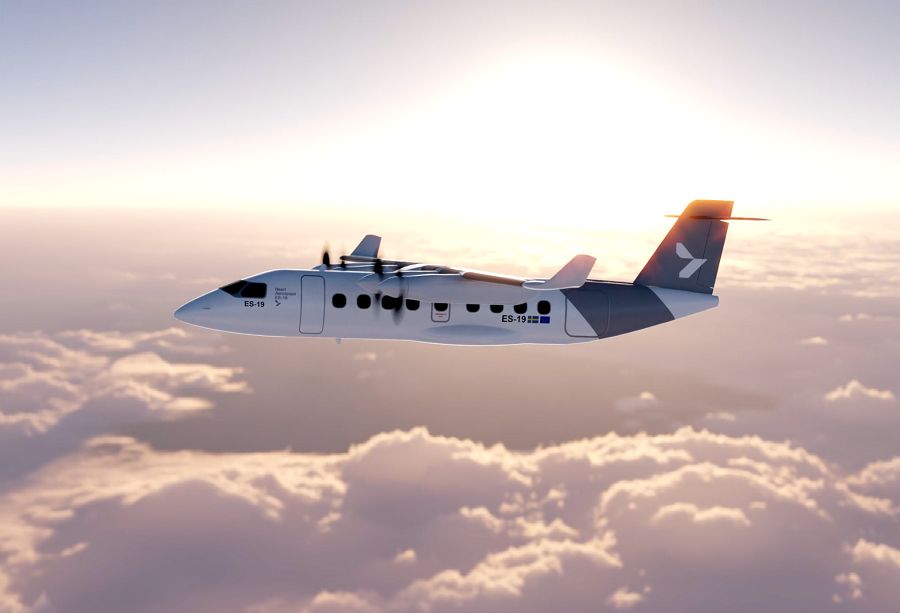
There is another important consideration, for a design meant for short hops between small or big communities: noise. A lot of smaller airports near city centres have strict restrictions regarding noise pollution. So they limit their operating hours or the types of aircraft that they allow, or both. While electric aircraft like the Heart ES-19 cannot be completely quiet, they are nothing like turboprop or piston-engined aircraft.
Low noise levels also mean a more comfortable ride for the passengers. Along with pressurisation, the electric motors promise a very different comfort level in Heart’s ES-19. But the aircraft still has features like a cargo door, often important when serving smaller communities.
Heart’s Suitors For The ES-19
Again, all of the above meet the needs of Sweden and its neighbours. But the Scandinavian countries are not the only part of the world where Heart’s ES-19 would come in handy. A small, quiet, efficient, easy to maintain and comfortable 19-seater can draw people’s attention in more parts of the world. And indeed, it has.
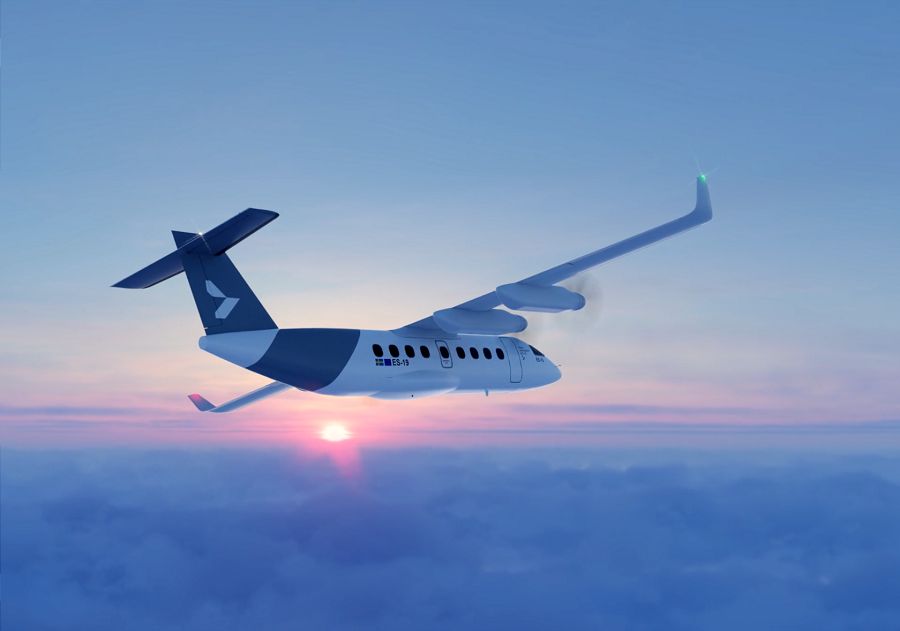
Heart Aerospace has seen interest for the ES-19 from companies around the world. These include Sounds Air in New Zealand, Pascan in Quebec, California’s Quantum Air and CityClipper, a UK startup. Closer to home, the company is speaking with SAS, Braathens, Wideroe and Air Greenland. Put together, airlines have signed letters of intent for 147 ES-19s.
There are undoubtedly many more areas, both urban and rural, where such an aircraft would come in handy. Even island-hopping comes to mind. Based on the value of the letters of intent, the unit cost for Heart’s ES-19 comes at €7.5 million ($8.8m). With scaled production and further developments in batteries and propulsion, this can only get lower.
We expect bigger manufacturers to create designs for bigger aircraft, with 75 or more passengers. But it is refreshing to see smaller companies, pushing current and emerging technologies, with projects like these.




1 comment
Luiz Barbosa
Comente
Fiquei maravilhado, se tivesse recuso financeiro, já encomendaria um para mim.